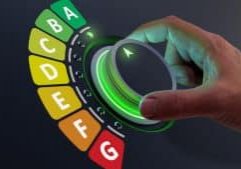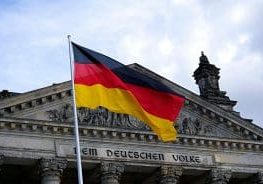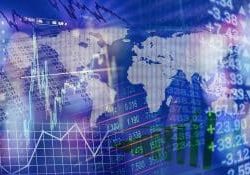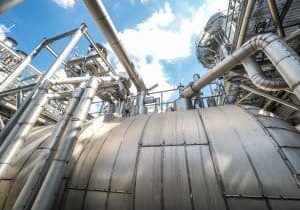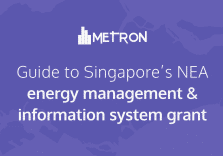In order to achieve their greenhouse gas (GHG) emissions reduction targets, public authorities are putting pressure on companies through carbon markets. What are the stakes of these quota-based systems for companies? How do these carbon markets work? And how can digital technologies help you reduce your CO2 emissions? We answer all of these questions in this article.
Carbon Markets: What Are They?
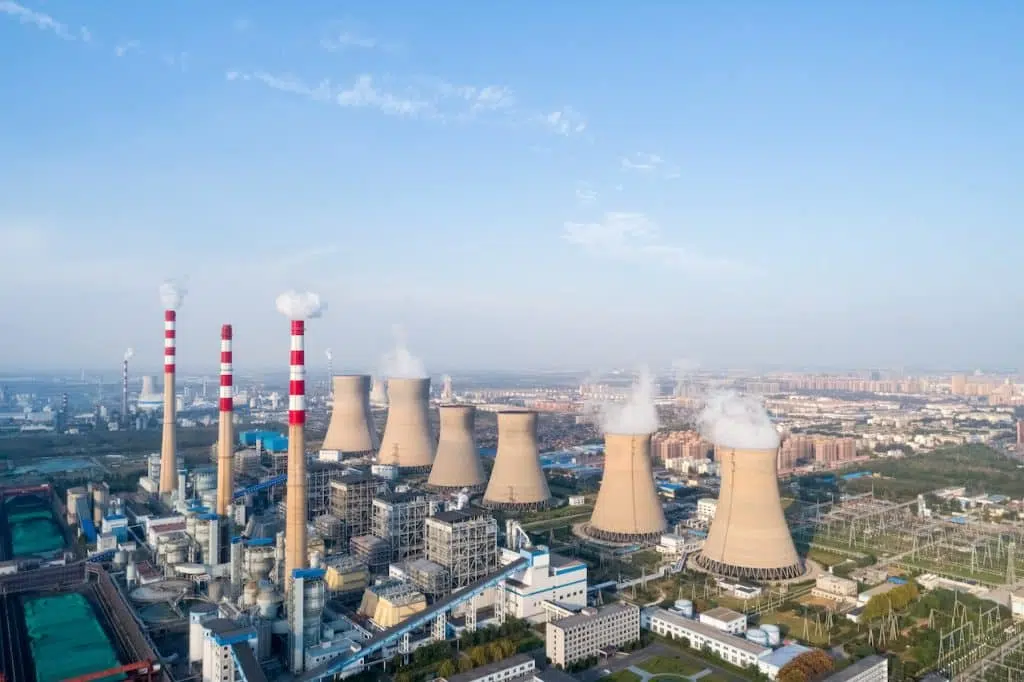
What Is a Carbon Market?
A carbon market is a system of trading quotas for greenhouse gas emissions. This regulatory system requires the biggest GHG emitters to reduce their emissions in order to achieve the carbon neutrality objective set by the Paris agreements for the year 2050. Several carbon trading systems exist around the world. For example, the European Union has its own market, called the European Union Emissions Trading System (EU ETS).
Looking More Closely at the EU ETS System
The most energy-intensive companies are subject to the European carbon market: industries specializing in the production of paper, steel, cement, glass, etc., or installations (in all sectors) with a thermal capacity of more than 20 MW. Every year, they must submit quotas equivalent to their actual carbon emissions to the regulatory authority.
When calculating the quantities of carbon emitted, only the consumption of fossil fuels (fuel oil, coal, natural gas, etc.) related to scope 1 in relation to the company's activities, equipment and buildings, is taken into account.
LEARN MORE ABOUT THE SCOPES AND KEYS TO A DECARBONATION ROADMAP >
Quotas can be obtained in two ways:
- By free allocation: each year, the public authority issues a number of quotas free of charge, depending on the sector of activity - but these allocations decrease over the years to encourage companies to invest in the greening of their activities.
- By purchasing on the markets: with strong tension between supply and demand, the value of quotas fluctuates over time.
To avoid buying quotas on the market, companies can offset their emissions by implementing projects to reduce them.
A Market under Increasing Pressure
Budgetary constraints linked to quotas and political pressure on carbon markets have made decarbonization a strategic issue for many companies.
An Increasingly Important Budgetary Issue
Until 2017, the price of a ton of CO2 was mostly stable, costing less than 6 euros. This allowed companies to have good visibility and to manage a CO2 budget that was financially under control. But the environmental pressure is getting stronger and stronger.
In 2019, the creation of a European intervention mechanism to counter an excessive drop in the price of a ton of CO2 in the event of an excess of quotas (known as the Market Stability Reserve) pushed up the average price to 83 euros per ton in 2022. Estimated at 20% for the first half of 2022, the significant volatility of prices, combined with their high level, now constitutes a major risk for manufacturers who must manage this uncertainty.
A Growing Awareness of the Environmental Responsibility of Companies
With its Green Deal, launched on July 14th, 2021, the European Union reaffirmed its ambition to achieve carbon neutrality by 2050, with an intermediate target of reducing emissions by 55% by 2030.
When called upon to take a position, almost all listed companies have communicated their willingness to control their CO2 emissions in line with these key dates. In parallel, investment funds are increasingly concerned with the social and environmental responsibility of companies.
Faced with price volatility and commitments to results made by companies, CO2 emissions must be managed in an operational manner, and not just in an accounting or administrative manner.
Reducing Carbon Emissions: The Benefits of an EMOS
For operational monitoring of GHG emissions, a monthly report from the site manager should be available detailing:
- The evolution of emissions compared to the previous period.
- An update on the coverage of quotas.
This requires adjustments for more frequent variations in a site's operational context (production variations, health crises, etc.), with continuous data updates: a task that is difficult to manage with traditional tools (paper documentation, Excel files, etc.).
On the other hand, with a digital solution such as an EMOS (Energy Management and Optimization System), this management is greatly facilitated.
- Energy data is centralized, automatically updated and visualized in real time on a single platform capable of managing multiple sites.
- The risk of human error is reduced.
- GHG emissions are precisely calculated for accurate estimates and costing.
- Artificial intelligence makes it possible to build emissions forecasts according to different scenarios, and to anticipate deviations from the initial budget.
As regulations become more and more stringent, it is essential to be able to measure and analyze increasingly precise and detailed energy data. In this context, the use of an Energy Management & Optimization solution is an undeniable asset to better meet your obligations in terms of carbon quotas and control your GHG emissions.
Would you like to be supported in your decarbonization strategy to meet the constraints of the carbon markets?
